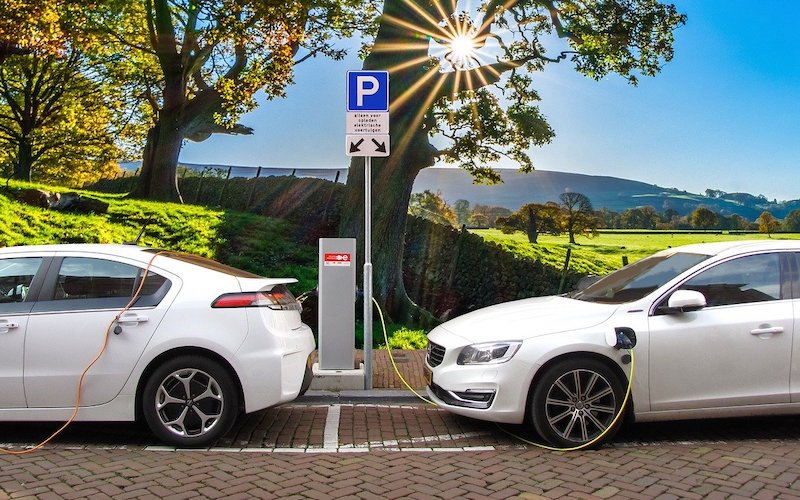In a struggle towards sustainability, governments have been encouraging policies that aim to lower carbon emissions. Higher taxes imposed on vehicles that don’t fulfill the expected standards are pushing global automakers to shift their goals towards sustainability. 2019 was the starting point for many such initiatives.
The right changes in laws and regulations led to growing support for electric vehicles and the environmentally friendly car manufacturing processes. That, to a great extent, triggered the profitable end-of-year auto sales in Europe. Even though the European sales had a tough beginning of the year, overall they resulted 1.2 percent higher in 2019 as compared to 2018. Interestingly, by the end of 2019 the two largest car markets, China and the US, witnessed a significant decrease in total auto sales – their trade negotiations are possibly to blame.
Irrespective of the market, customers are attracted to electric vehicles so the demand is growing. During the first six months of 2019, the global electric vehicle sales rose by 46 percent in comparison to the past year. As the Edison Electric Institute has recently revealed, over 87,000 electric cars were sold in the US alone during the third quarter of the year. The study also reported that the sales of new electric vehicles went up as opposed to the general automobile market which came down to one percent.
Related: Britain to Ban Sale of all Diesel and Petrol Vehicles by 2040
Factors That Impact the Purchase of EVs
Even though consumers are aware of the benefits of all-electric vehicles, the industry still struggles in many ways. Due to limited availability of models, higher prices of new electric cars, and inadequate charging facilities, the adoption isn’t accelerating that quickly.

However, the average cost of new combustion engine automobiles is, in fact, equivalent to the average EV prices. In the USA, for instance, the average EV price is approximately $35,000 whilst an average cost based on all vehicles was $36,718 last year. In Europe, EV price tag estimates at $34,000, whereas in China it’s around $27,000.
As Deloitte states in the Global Automotive Consumer Study, last year showed that consumers’ interests in hybrid electric vehicles and battery-powered electric vehicles grew while fewer and fewer motorists wanted to rely on the traditional internal combustion vehicles. The study also pointed out a clearly positive correlation between the number of potential EV buyers and the prognosis for rising petrol prices.
The Most Promising Steps Taken in 2019
In 2019, lower emissions as well as lower operating costs were the two major reasons why customers got interested in hybrid and electric vehicles. Factors related to social status, in turn, weren’t taken into consideration that much. The willingness to take efforts towards sustainability seems to be the fundamental factor. Besides, various social, monetary, and ecological advantages of acquiring an EV are the propelling elements around the world.
The development of an EV landscape requires greater availability of public charging stations. In Europe, their highest number can be found in France and Germany, with each offering more than 20,000 operational charging points, followed by Sweden and Spain. Compared to the US, where only 68,800 public charging units were available in May 2019, the EV infrastructure is quite impressive. The Eastern part of the continent, however, still needs improvements in the distribution of electric car charging stations.
The automobile industry has been trying to limit its carbon footprint in a variety of ways. Apart from electric vehicles, manufacturers began to effectively manage greenhouse gas emissions. Ford started working to improve efficiency in their internal combustion engine cars by making vehicles lighter with lighter materials such as aluminum and graphene. A stronger focus is also put on choosing more sustainable materials for the manufacturing processes, especially algae, agave fibre, dandelion roots, and bamboo. Finally, auto manufacturers began optimizing their supply chains by updating inventory modifying the resupplying methods, enhancing good communication, increasing transparency with suppliers as well as minimizing waste which is dumped into landfills.
It’s now essential for all the big automotive market players to work at their full potential to minimize the negative impact of their manufacturing, distribution, and utilization processes while increasing the recycling capacities. Many efforts towards sustainability in the auto sector started in 2019 but this is just the beginning with still a lot of pressure and expectations to meet in 2020 and beyond.










